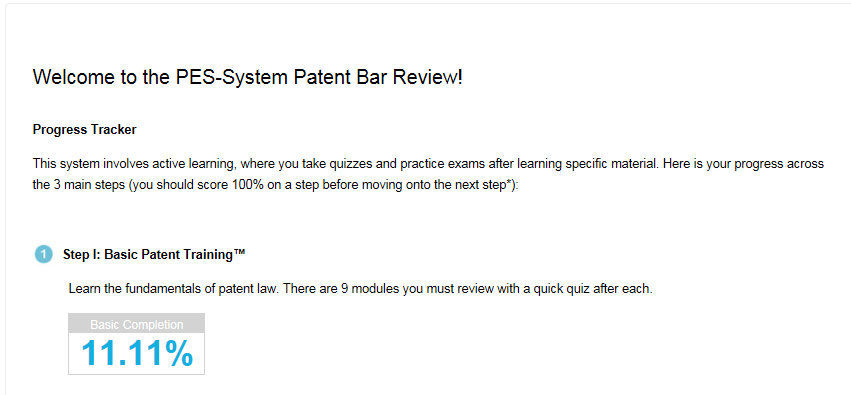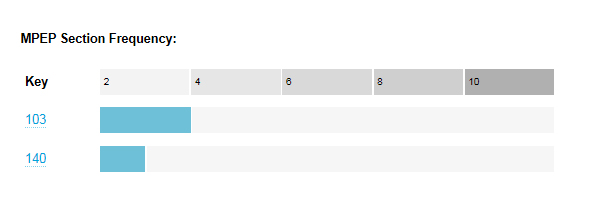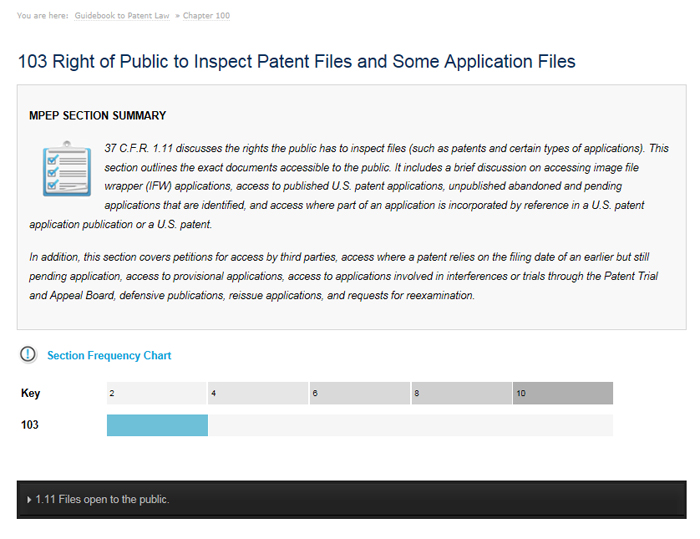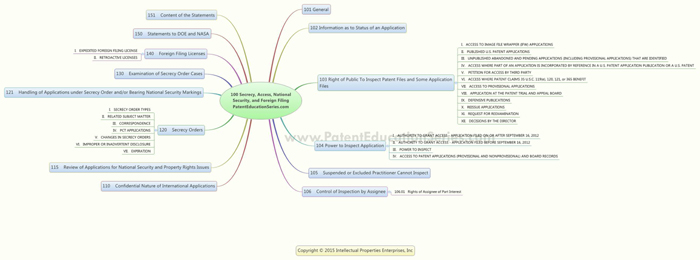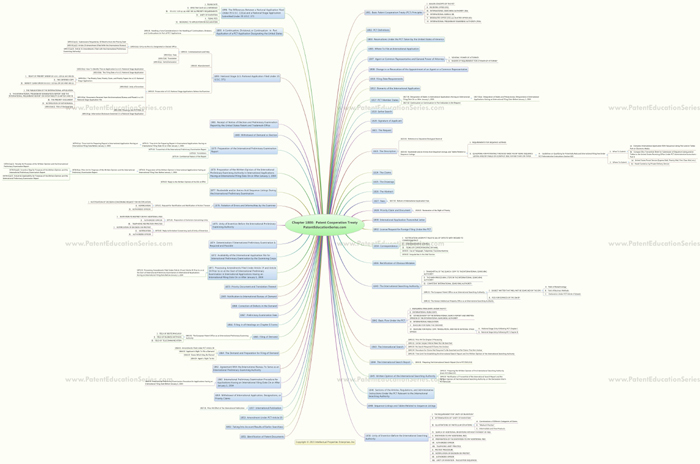We have spent the last year continuously improving on our Patent Bar review course and this past month was no exception. Three new major features were added to the course.
You can see the new features in action in the demo if you’d like. This article covers each of the new features in detail along with why we felt they are important to the course.
#1 Score Keeper Widgets
The first new feature is the addition of Score Keeper widgets to the dashboard. The dashboard is the first page you see when you login to the demo (or the full course when you enroll).
These widgets display your progress through the course. Ideally, you will complete each step before moving onto the next. That means you want to see a display of 100% for any given step before you move on.
This is important because as hard as we try to provide a valuable course, we have a lot of clients who fizzle out and don’t really proceed through the course. The thing is, you’ve got to work with this stuff in order to make an impact on your preparations. Following the course and being able to see exactly how much of it you’ve completed is important.
We consider a 70% or above a passing score on any quiz or practice exam. So once you’ve gotten 70% or above on all the quizzes in any given step, the number on the widget for that particular step will display 100%. At that point and only at that point should you move forward.
We can’t force you to do this, but having the widgets right there on the first page you’re taken to every time you login is a great reminder of your ideal target.
We hope these new widgets will help you stay on track and focus on making progress through this interactive course!
#2 MPEP Frequency Charts
The next feature is the addition of MPEP frequency charts. These charts show the number of times any given MPEP section of subsection has been tested on the exam.
To gain this data we scoured old exams as well as compiled feedback from clients who have recently taken the exam.
One of the reasons the Patent Bar is so difficult is it can test over virtually any topic within the massive 2000+ pages of the MPEP. However, there are topics that are routinely covered and these charts pinpoint them.
The frequency isn’t a percentage like the percentage of any given topic you may see on your exam. Instead, the frequency correlates to the number of questions we have seen asked on that particular MPEP section.
Another point to make is each question on the Patent Bar exam does not correspond to only one section of the MPEP. All the questions on the exam have 5 answer choices; A, B, C, D, and E. Some of the questions on the exam actually cover a different topic in each answer choice. Therefore a single question can consist of 5 different MPEP sections (they’ve even slipped in two-part answer choices so it’s possible you could see a question that references even more than 5 sections).
If you review our MPEP frequency charts, you’ll notice there are many sections of the MPEP that have never been covered in a Patent Bar test question. That doesn’t mean there never will be a question on that section. The PTO can ask whatever they’d like and they write new questions frequently.
However, if you know a particular section of the MPEP has been covered in at least a few different exam questions, it’s worth spending a little extra time on it. Plus if you’re short on time due to the dreaded 90-day window or some other reason (life just got in the way … it happens), then you can focus on what’s been proven to be tested.
The point is, you’ll want to make sure you really know those sections with the highest frequency.
We include a large chart with previously tested MPEP sections and subsections along with smaller charts broken down by each chapter for your convenience. In addition, as you go through the Guidebook (our consolidated MPEP), we’ve included MPEP frequency charts for each section that we know has been referenced in a test question.
#3 MPEP Mind Maps & Outlines
Lastly, we’ve added in mind maps and outlines of every MPEP chapter.
Using mind maps helps you visualize an MPEP chapter. If you’re not already familiar with them, mind maps consist of a central subject with subtopics branching out from within it. Further details can branch out from each subtopic.
This is a perfect way to see each MPEP chapter. For instance, chapter 100 is in the center of the mind map below and the subtopics from that chapter branch out from within it.
Just a quick scan of this mind map helps you understand what chapter 100 is about along with all the different subtopics within it and what’s within each of those. You can also see how this chapter is fairly simple in comparison to other, more complex chapters like the one below.
For more complicated chapters spending the time to zoom in and look around will really pay off. Even if you spend a few minutes reviewing each mind map you’ll benefit on exam day when you have access to the MPEP for looking up questions.
Again, the mind maps will help you become an expert on the structure of the MPEP which will be invaluable for exam day look-up.
In addition to the mind maps, we also include outlines of each MPEP chapter. So if you think more linearly, you can get the same benefit from the outlines.
You can find both the MPEP mind maps and outlines on the Guidebook chapter intro pages.
One of the major reasons we believe taking the time to review the structure of each tested MPEP chapter is important is due to the fact that the Patent Bar exam is changing.
The thing is, the test questions are now copyrighted (and have been for some time).
You cannot pass the exam simply by memorizing old test questions. It is illegal for any individual or any company to publish any of the recent questions. In addition, the USPTO constantly creates new questions. So no course is going to have enough of the questions for you to pass the exam based only off a review of them.
You actually have to learn the material. Fortunately, you also have access to the MPEP on test day so you can look several facts up in the MPEP.
Knowing where the facts are located within the MPEP will really speed up the search process. Reviewing the mind maps and outlines will help you get to where you’re able to find facts within the MPEP much more quickly. Imagine what the ability to look up dozens of test questions will do to your score. The faster you are at search, the closer you inch toward a passing score.
Take a look at all our new features and a sample of the entire course from within the demo. We have plans to release even more new features in the coming weeks. All clients will gain access to the new tools from within the online member’s area.
We hope all these new tools help you get started with your career in patent law!

